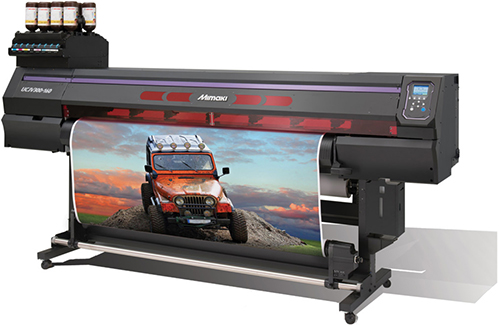What is Digital Printing?
Digital printing is a method of printing digital-based images directly onto various media substrates. Unlike traditional offset printing, it does not require printing plates. Instead, the image is sent directly from a computer to the printer using digital files like PDFs or desktop publishing files.
How Digital Printing Works
-
File Preparation
A digital file (usually PDF, TIFF, or JPEG) is created and prepared using graphic design software. -
Raster Image Processing (RIP)
The file is processed by a RIP (Raster Image Processor) which converts text and images into raster images readable by the printer. -
Printing
The processed image is sent to a digital printer (e.g., laser or inkjet), which prints it directly onto the material—paper, cardstock, labels, fabric, etc.

Types of Digital Printing
-
Laser Printing (Electrophotographic)
-
Uses toner and heat to fuse the image onto paper.
-
Common in office and commercial environments.
-
-
Inkjet Printing
-
Sprays tiny droplets of ink directly onto the surface.
-
Used for high-resolution photos, art prints, packaging, and wide-format prints.
-
-
Solid Ink & Dye-Sublimation
-
Used for vibrant, photo-quality prints on specialty substrates like textiles, ceramics, and plastics.
-

Advantages of Digital Printing
-
No Plates Needed
Quick setup, cost-effective for short runs and on-demand printing. -
Fast Turnaround
Minimal setup means faster print times—often same-day or next-day service. -
Customization
Supports variable data printing (e.g., personalized names, addresses, QR codes). -
High Quality
Consistent color and resolution, especially in recent digital press advancements. -
Cost-Effective for Short Runs
Great for printing small quantities without the high setup costs of offset. -
Eco-Friendly Options
Less paper waste and fewer chemicals used compared to traditional methods.

Limitations of Digital Printing
-
Higher Cost per Unit (for Large Runs)
For large volumes, offset printing is usually more economical. -
Limited Substrate Compatibility
Not all papers and materials can be used (especially specialty textures or heavy stocks). -
Color Matching
Color consistency and matching Pantone colors can be more challenging than with offset printing. -
Durability
Depending on the type of digital printer, prints may be less durable than offset, especially without lamination or coating.

Common Applications of Digital Printing
-
Business Cards, Flyers, Brochures
-
Short-run Books or Magazines
-
Customized Labels & Packaging
-
Posters & Signage
-
Event Invitations & Greeting Cards
-
Photo Books & Art Prints
-
Variable Data Printing (e.g., personalized mailers)
When to Use Digital Printing
Use digital printing when:
-
You need small quantities or quick turnaround.
-
You want to personalize each piece (e.g., names on postcards).
-
You’re testing a new design before committing to large-scale production.
-
You’re producing short-run marketing materials or one-time event collateral.

